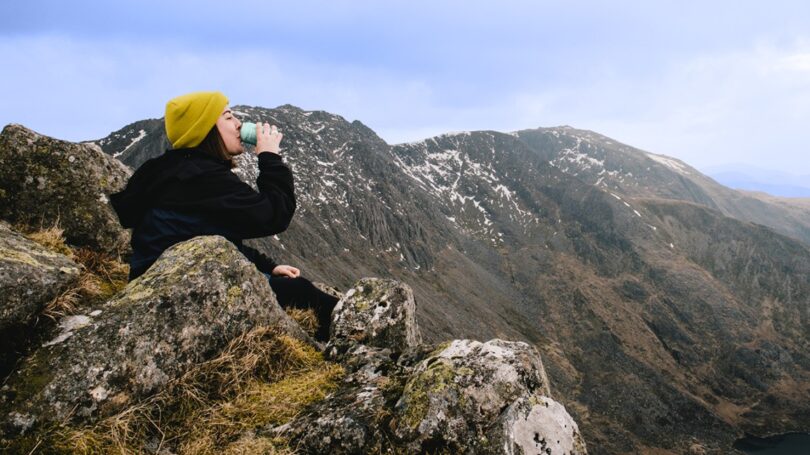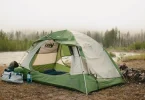Do you love spending time outdoors and exploring nature? If so, then you’re definitely going to want to check out this blog post! Here, we will discuss 10 common sounds that hikers will hear while out on the trail, and what they mean. This information can be really helpful in order to better enjoy your hike and know what to expect. So, without further ado, let’s get started!
The first sound that might come across is a chirping noise, which is usually caused by a variety of birds. The type of bird you hear can be determined by the sound it makes; for example, a woodpecker will make a tapping noise while a cardinal will sing its recognizable song. If you would like to learn more about why wood peckers peck you can find a great article here by the team at On Demand Pest Control.
The second sound that’s common in hiking trails are frogs croaking. Frogs often croak to attract mates or warn away predators. In the evening, you may hear a loud chorus of frogs singing from the pond or creek nearby. Frogs are great to have around because they eat up a lot of the pesky insects that can be found alongside trails.
The third sound is a rustling in the leaves, which is often caused by small mammals like mice, squirrels and chipmunks moving around in search of food. When they are getting ready for winter they will store many nuts and acorns and really anything they can find. This is because food becomes scarce once the cold winter months set in.
The fourth sound is the roar of a waterfall, which can be found in some areas. The waterfalls are often used by birds to bathe and drink from. It’s quite calming to sit nearby and listen to the soothing sound of rushing water. Water falls are typically found in more mountain regions and provide a great source of hydration for your hike.
The fifth sound is the buzzing or humming of insects, which are usually attracted by the abundant foliage and flowers that can be found in nature. The noise can become loud when large swarms of flying insects like bees or beetles gather together. Insects play an important role in pollinating plants and helping keep the environment healthy.
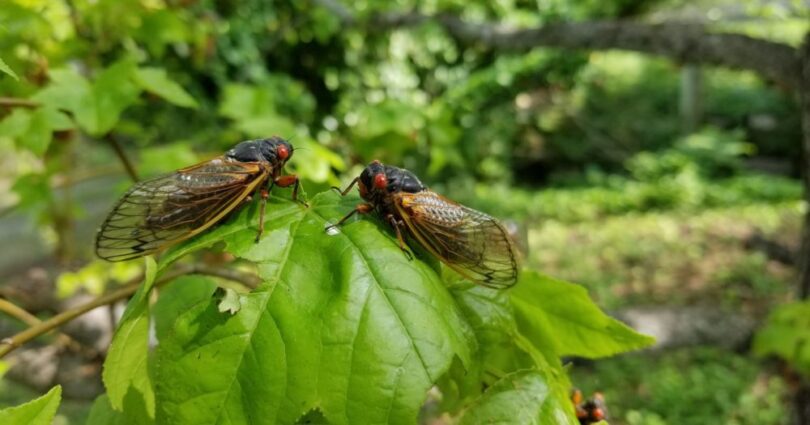
Source: fethiyetimes.com
The sixth sound is the chattering of bats, which are common in wooded areas as they feed on insects at night. Bats typically make a high-pitched squeaking noise that can be heard from far away. They are important to have in an area as they help control insect populations while providing valuable ecological services.
The seventh sound is the roar of a nearby animal, which could be anything from a deer to a bear. It’s important to stay alert and keep your eyes out for any signs of danger while hiking. Most animals will try to avoid human contact if possible, so it’s best to keep your distance and make sure to keep your noise levels down. If you get to close and the animal feels threatened it can be a very bad situation.
The eighth sound is the hooting of an owl, which is usually heard in the evening or very early morning. Owls are nocturnal and will often call out to mark their territory or to find a mate. The sound of an owl can be quite haunting and mysterious, but it’s important to remember that they are natural predators and should be treated with respect.
The ninth sound is the crackle of a campfire, which can be heard in more remote areas. If you’re lucky enough to have access to an open flame while hiking, make sure to follow all safety regulations as fires can quickly spread out of control if left unattended. It’s also important to remember that campfires are also a great way to attract wildlife, so be sure to put it out completely before leaving the area.
The tenth and final sound is the wind blowing through the trees. It’s easy to get lost in this soothing noise as it reminds us of how peaceful and tranquil nature can be. The sound of the wind rustling through leaves is a reminder of how fragile and interconnected our environment truly is.
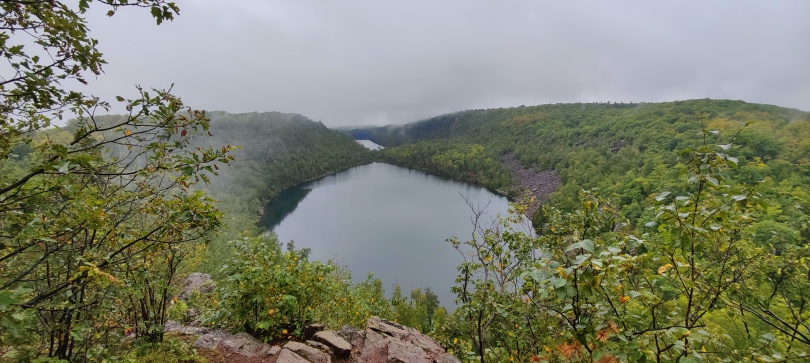
Source: longrunponderings.wordpress.com
The eleventh sound is a cracking or splashing in the water, which could be caused by a large fish jumping out of the water or some other kind of animal making its way through the stream. If you are lucky enough to come across a lake or pond on your hike be sure to take a load off and rest for a while. It’s always fun to watch what happens in nature and keep an eye out for interesting wildlife!
The 12th sound is the buzzing of a bee or wasp, which can be quite loud when it flies close by. Bees and wasps are often attracted to sweet smells and sugary foods, so make sure to keep food sealed and away from them if possible.
The 13th sound is the chirp of crickets, which are a sign of nightfall coming. Crickets typically gather in large numbers at dusk and chirp loudly as they make their way across the land. It’s quite peaceful to sit and listen to them singing away.
Lastly the 14th sound you may hear is the howling of coyotes and wolves, which can be quite eerie but is usually nothing to worry about. Coyotes will typically howl when they are looking for food or a mate, while wolves will often howl to communicate with each other and mark their territory. Just like with bear or deer it is always best to keep your distance.
So, there you have it! Those are the 14 common sounds that hikers may come across while out on the trails. It’s important to know what each of these sounds means so that you can be prepared and stay safe while out in nature. With a little bit of knowledge, you will be able to identify the different sounds easily, making your hikes even more enjoyable! Happy trails!
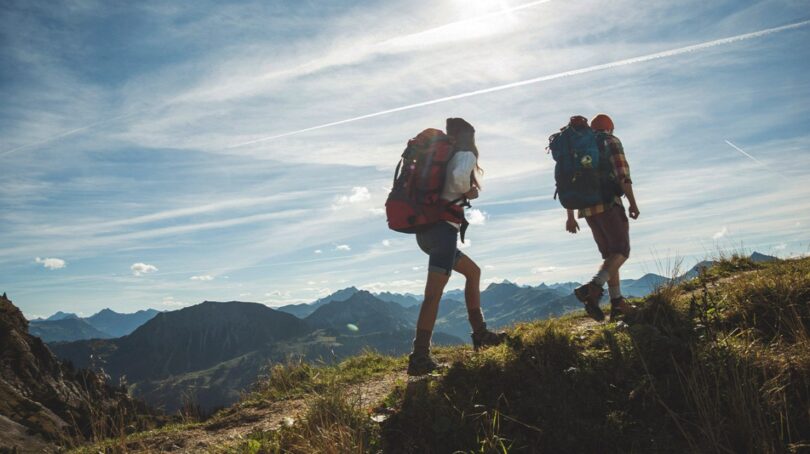
Source: healthline.com

